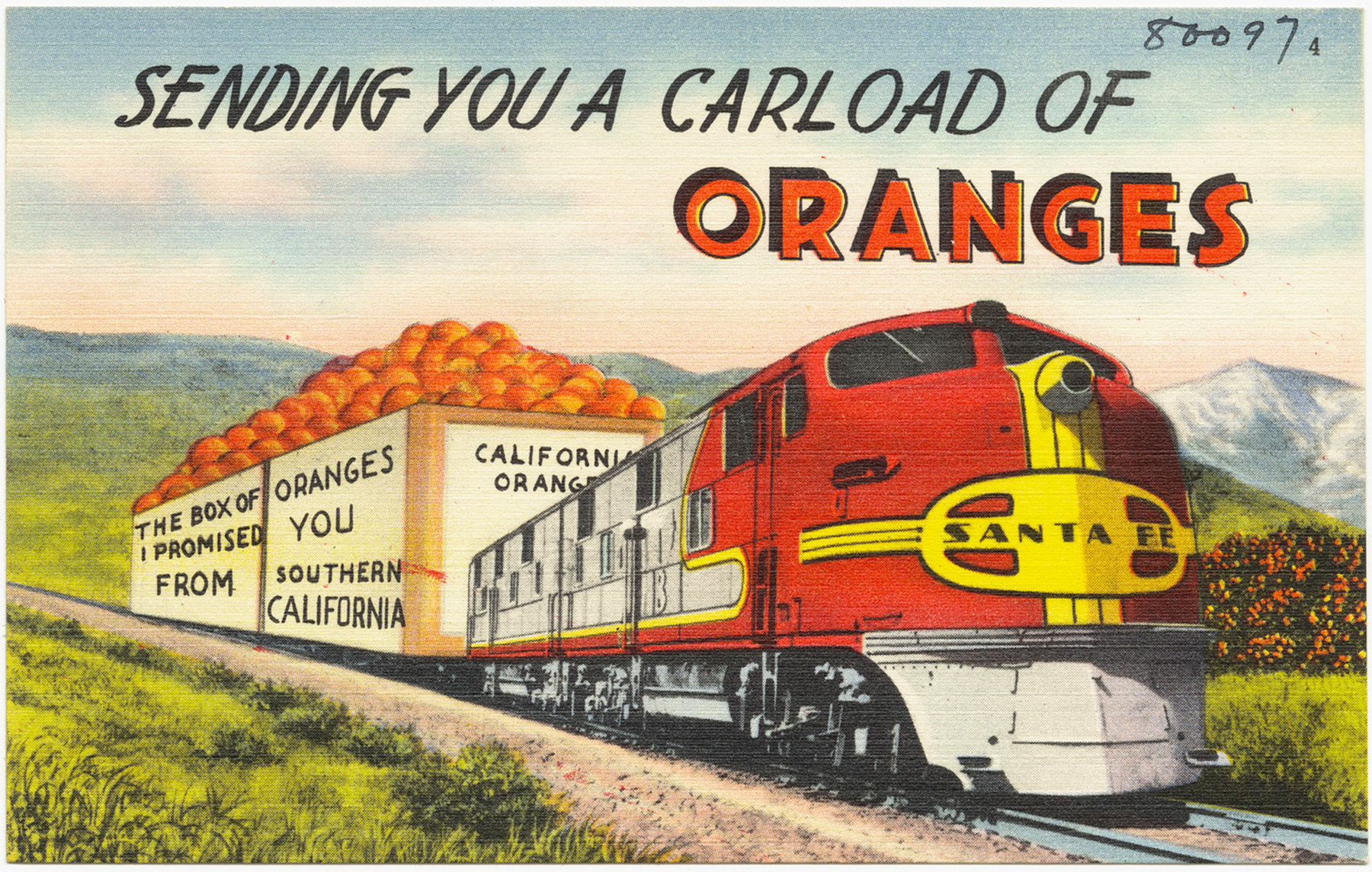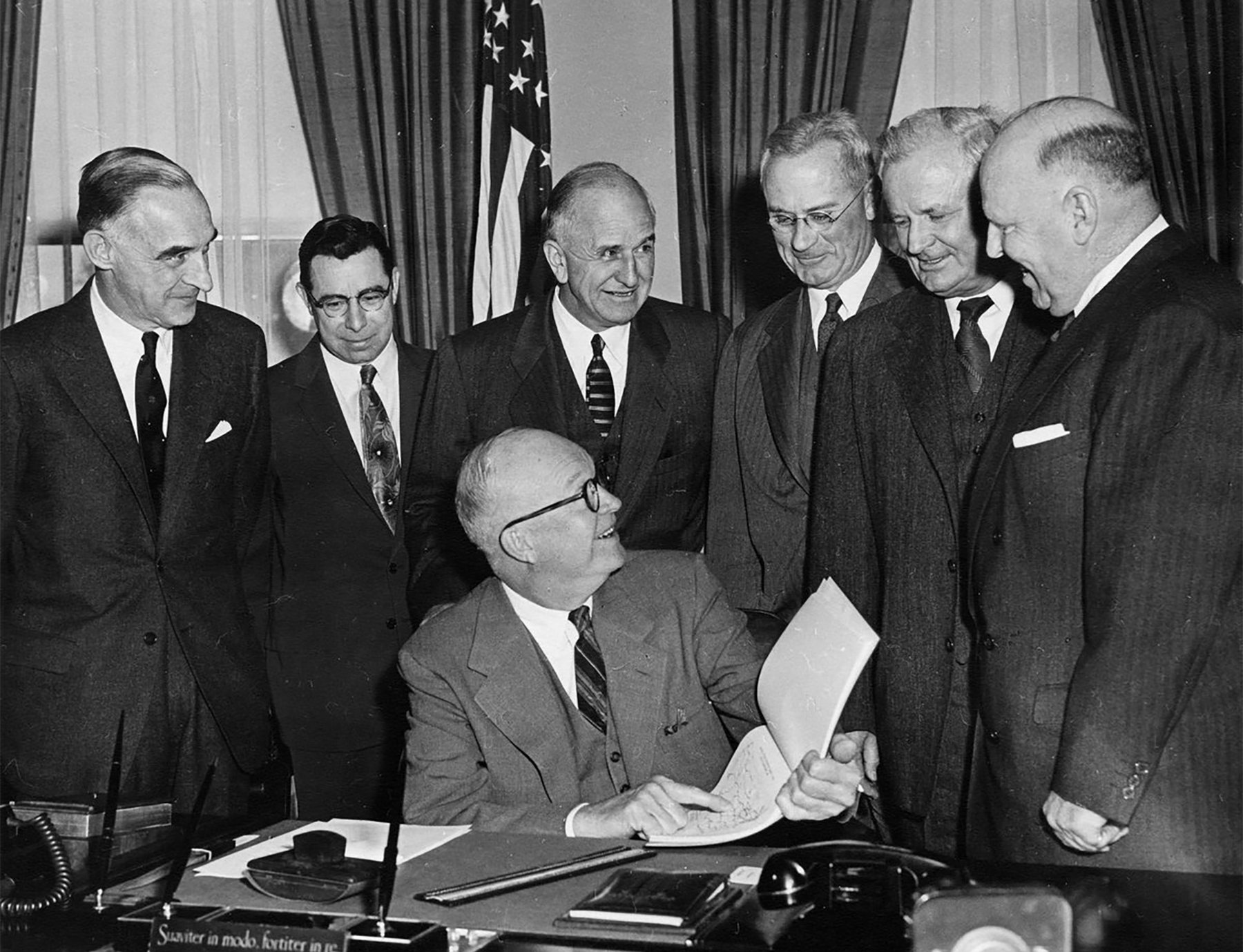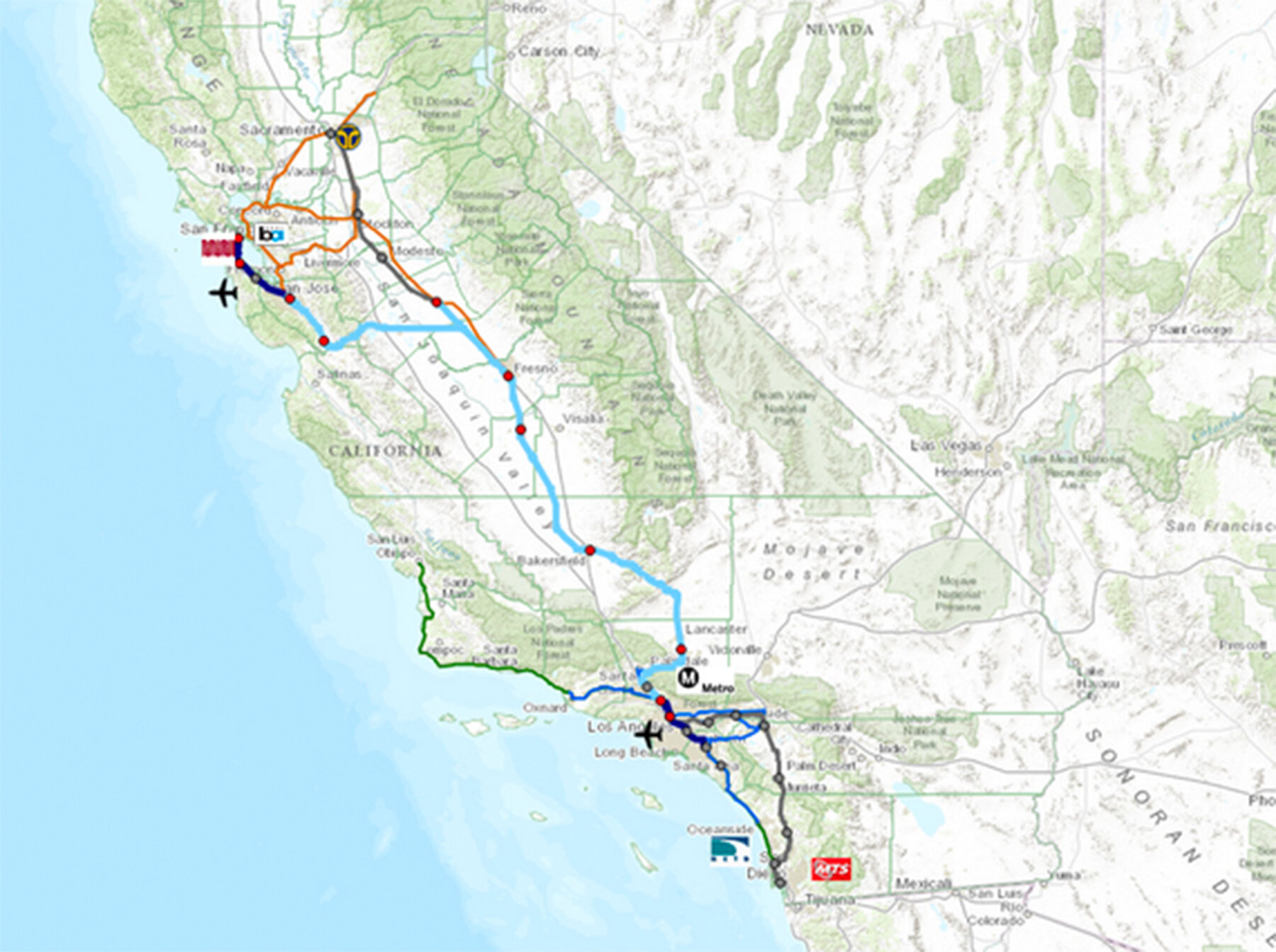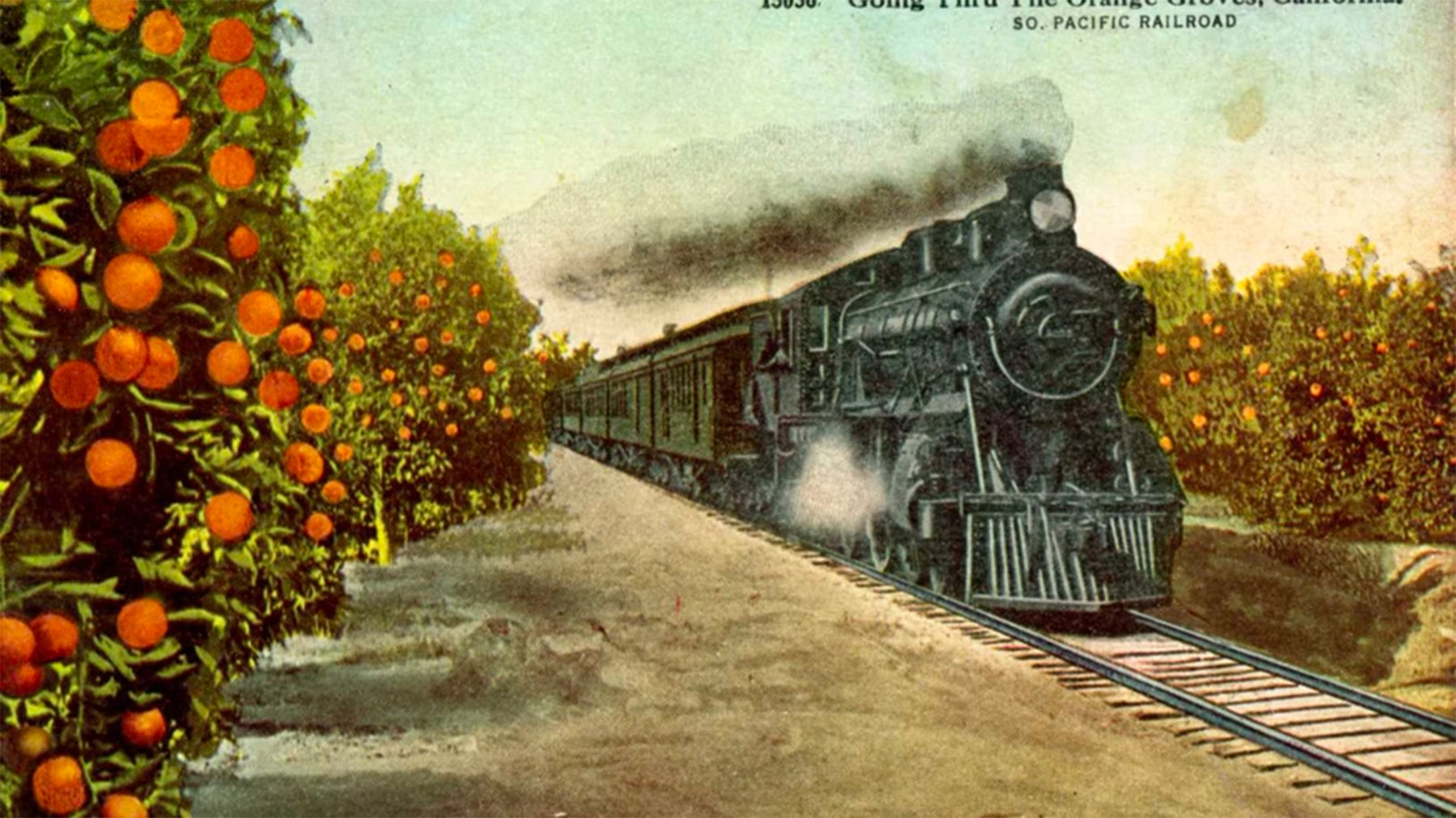After a few weeks’ pause for reflection—and for article-writing, and for involvement with news from Scotland, Hong Kong, the Middle East, Pennsylvania, and Ohio—it’s time once more to dig into California’s ambitious and controversial plan to build a north-south High-Speed Rail (HSR) system.
If you’re joining us late, this is No. 12 in a series that began in July. For previous installments see No. 1, No. 2, No. 3, No. 4, No. 5, No. 6, No. 7, No. 8, No. 9, No. 10, and No. 11. The HSR proposal is important, as the largest infrastructure project now being considered in our infrastructure-deficient land. It’s timely, since Governor Jerry Brown has made it a central part of his legacy and platform as he runs for an unprecedented fourth term, with the election just three weeks away. And I think it deserves attention from the country as a whole, as a real-time test case for the way we make big, expensive decisions whose full costs and benefits can’t fully be known when the choice is made.
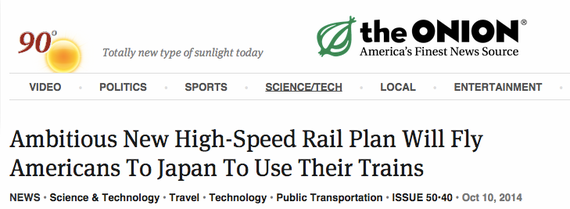
Here is the plan for what’s ahead:
• Today’s installment, No. 12, will be a sampling of recent mail, reports, and other arguments about the HSR proposal. These mainly deal with the practicalities of why people might choose a train trip over driving or flying, with some related big-picture questions about the merits of the system.
• Then, in No. 14, I have some other angles in store. Leading up to No. 15, where I will present the way this all nets out, according to me.
For now, let’s go to the readers.
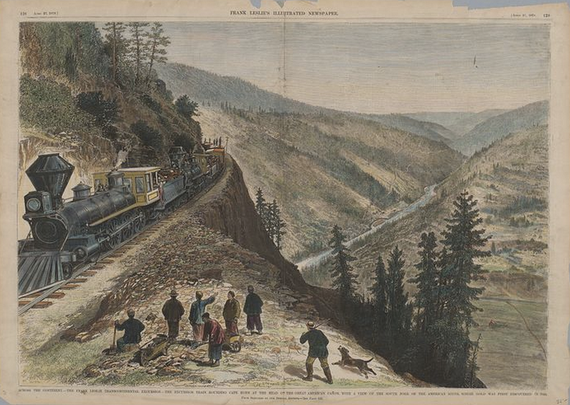
1) “I do not agree that our state should live in backwardness.” A reader in Northern California writes in response to a previous reader who said that, realistically, Californians will always prefer to drive or fly rather than take even very fast trains:
I want to register a contrary opinion.
I travel frequently from San Francisco to Southern California to visit an elderly parent. I cannot count the number of times my plane is late. This time, like the last time, it was 3 hours late. I commented to someone seated next to me in the crowded unpleasant lobby that when high speed rail goes in, I will never fly to Southern California again. The airport is always crammed, there is never a power outlet available, the planes are crammed as well as late, and the whole experience is awful. My airfare on Southwest is usually closer to $250 each way than $130—speaking as someone who actually flies this route (to San Diego).
San Francisco’s runways are too small and it gets fogged in. The fog would not impact the train.
I do not agree that our state should live in backwardness, under development, and inefficiency because there are folks who don’t believe in state investments in infrastructure. I suggest that these folks take a look out the window the next time they actually do fly in California. Look for the dams, in particular. The feat of engineering that is the California Water Project is what makes our lives here possible. I am beyond annoyed that there are people who have appointed themselves as judge and jury that public infrastructure cannot work by definition. It is a willful and selective blindness. I do not appreciate these attempts to undermine our collective future.

2). More on the practicalities of the commute. An official with a well-known California tech company writes to tell about his travels. I’ve left in all the details because they’re important for the case he wants to make:
I commute from LA to SF weekly to commute to a job in Silicon Valley (Redwood City, actually). I bought a house close to LAX (in Mar Vista) to facilitate the move. I don’t want to be any closer because of aircraft noise. I can make it from my house to the Parking Spot on Sepulveda in 15 minutes at any time of day (quick cruise down Centinela). I need to budget 3 1/2 hours door to door to make the trip.
I leave 1 hour before my flight departure time, which breaks down like:
- 15 minute (drive to Parking Spot on Sepulveda)
- 15 minutes (wait for shuttle and then wait for the spin around the congested LAX access roads to United Terminal 6)
- 10 minutes (get through security—I’m United Premier 1K and TSA Pre—and then walk to gate)
- 15 minutes (they close aircraft doors 15 minutes before departure now)
- 5 minutes extra (more if I have a larger roller-bag that means I need to take advantage of Zone 1 boarding rather than showing up at the last minute)
The flight is generally scheduled at 1 hour 30 minutes, even though the flight time is about 50 minutes. This is because there are frequently ground delays on the route due to congestion. There is always some issue.
On the SFO end, I then have to walk to the AirTrain and take it to the car rental center, walk directly, and pick up my car (I’m Avis Preferred) and then drive thru the checkout gate (where there is generally a line) and then drive the 10 miles to my office. Traffic is usually fairly congested on 101. This takes about another hour.
I spend about $150-$250 on airfare, plus about $120 on the rental car in SF, plus $35 for 2 days of parking (I usually stay overnight in SF).
This is a very optimal LA-SF commute, with both destinations close to the airports. My employer is as close to SFO as any tech firm in the Bay Area. Out of my 3.5 hour commute time, about half of it is usable. The wifi on the plane is very spotty at best. I can’t use my laptop during takeoff & landing and my iPad doesn’t run a real version of PowerPoint.
With CA HSR, I would lose an hour of transit time (2.5 hrs vs. 1.5 hrs). I could probably make up 20 – 30 minutes of that by getting off CA HSR at one of the mid-Peninsula stops and avoiding the traffic snafu at the 101 & 92 exchange where everybody is trying to get on/off the San Mateo bridge. If security is faster (perhaps since it is harder to divert a train to run into an office building) and they wouldn’t require you to be on board early, maybe you could make up another 10 minutes. You have more usable time on a train, since you can basically get on an HSR train (I’ve taken them in Europe a lot) and plug in your laptop and start working. The time to load/unload a train is much better than on a plane (many more doors).
Anyway, from the point of view of time efficiency, I think it is pretty clear that CA HSR for my commute will be a wash when it is done. There are enough new subways going to LA Union Station that I will have a much broader section of neighborhoods to choose from (and many cooler ones) within a few minutes walk to the subway as opposed to the 15 minute drive and 15 minute park at LAX with the same time before departure. Metro is projecting a 25 minute trip to downtown from Westwood on the Purple Line to Union Station, and it will be done before HSR. In terms of quality factor, eliminating the lines I wait in for security, and both to board and disembark from the aircraft, will be the biggest pluses.
I think CA HSR can really get the edge over flying in the following situations:
* people who want to get off farther down the Peninsula (e.g. Googlers going to Mountain View). San Jose Airport has many fewer flights so that’s not a good option either.
* coordinated schedules with Caltrain with ZipCar’s available at the train station so I can avoid the rental car
* nicer amenities (e.g. more legroom, bigger tables)
* if the HSR folks get their act together and arrange for high-speedinternet connectivity on the high-speed rail, that would make HSR an easy choice over the flights. It seems like you should be able to do way better in bandwidth on the ground than in the air, although the European HSR lines aren’t particularly good at Internet connectivity right now.

3) If the Northeast can do something, surely California can do something more. A reader in Oregon backs up this preceding reader’s point:
I hope this succeeds. Anyone who’s traversed between cities in the DC-to-Boston Corridor knows that Amtrak, with all its flaws, is a lot better that a) driving; b) flying [and going to/from the airports]; or c) walking. And the London-Paris Chunnel is incredibly fast, comfortable, and convenient.
My only wish is that we could get high-speed rail between Portland and Seattle, too.
Just to hammer this home: In case anyone reading has not personally compared rail, train, and car times in the Northeast Corridor, the experience reinforces how much more efficient even ordinary rail service can be. Amtrak’s BostonDC service isn’t exactly high-speed, and the onboard wi-fi service, though better than it used to be, barely qualifies as normal-speed.
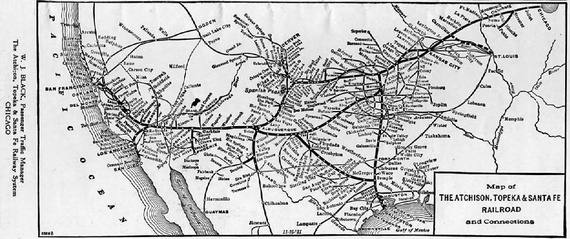
4) What really matters is what happens at the end of the line. Another reader:
I’m a believer in high speed rail, but I think California has its priorities confused. One of your writers nailed it but then didn’t elaborate.
The key to any successful high speed rail system isn’t in the middle, it’s at the two ends. Without a first rate local system of public transportation at each terminus, most of high speed rail’s advantages evaporate. I’d accordingly suggest that California’s highest priority should be addressing the rotten public transportation system in LA.
I think Governor Brown is pushing HSR because it is a project that is within his purview and something at which he might succeed. Solving LA’s transit problems is probably a greater challenge, and not exactly the responsibility of the Governor. But building HSR before addressing public transit in LA is simply putting lipstick on a pig (lovely lipstick, admittedly, but still lipstick).

5) More on the business of chains’ strength, and weak links. From a reader in Fresno, in response to the argument by Dan Richard, chairman of the California HSR commission, that HSR should be part of a systemwide improvement that would also allow more freight to move by rail rather than on trucks:
Mr. Richard’s solution was we need to “get those trucks off the highways and move more goods by freight rail, which we can do if we have a new dedicated passenger service by high-speed rail.”
What I understand in connecting the dots is that by taking Amtrak San Joaquin’s train passenger traffic off BNSF rails in the San Joaquin Valley and transferring that traffic to a dedicated railroad right of way such as that of the planned California HSR system in the Valley between Kern and Merced counties, should result in increased rail capacity on the BNSF line in the Valley as well. Okay, I get that.
However, the problem as I see it is the majority of truck traffic transiting the Valley is through traffic, meaning it comes from elsewhere and goes elsewhere.
If you’ve been to the Tehachapi Loop in Kern County or on the Tehachapi grade east or west of the Loop you probably are aware that two railroad’s trains—BNSF and Union Pacific—utilize that corridor. It is a predominantly a single-track line with passing sidings… My presumption is more rail freight through this bottleneck without increased capacity will constrain matters even more.
Transference of through trailers/containers onto trains from Central Valley highways will likewise need to be threaded through that corridor. I just don’t see how removing passenger trains from BNSF rails in the Valley will allow for increased freight rail capacity over the Tehachapi Pass, all other conditions being unchanged.
Moreover, I don’t see a big market for short-haul (rail/highway) intermodal service (say shorter than 400 miles in length) particularly for the smaller drayage operations and I question whether there is any real cost advantage of rail versus road for the shorter intrastate moves. I certainly do not see a times savings regarding the same, especially considering the congestion the rail industry is dealing with at this juncture.
I do, however, accept the premise that high-speed rail running on dedicated tracks will offer the traveling public a viable and superior alternative to conventional passenger rail travel in the same mid-range (from 50 to 500 miles) market, just as I have recognized the value that Amtrak via its higher-speed Acela and Northeast Regional services on the Northeast Corridor between Boston and Washington, D.C. offer currently. California’s high-speed rail system will be no less viable and valuable.
Yes, removing Amtrak San Joaquin trains from BNSF track in the Valley no doubt would create additional track capacity on said freight rail corridor in the Valley. But, beyond that—I’m taking about over the Tehachapis—I would not expect any increase at all in track capacity regarding this service lane.
I think the adage: A chain is only as strong as its weakest link here is apropos.
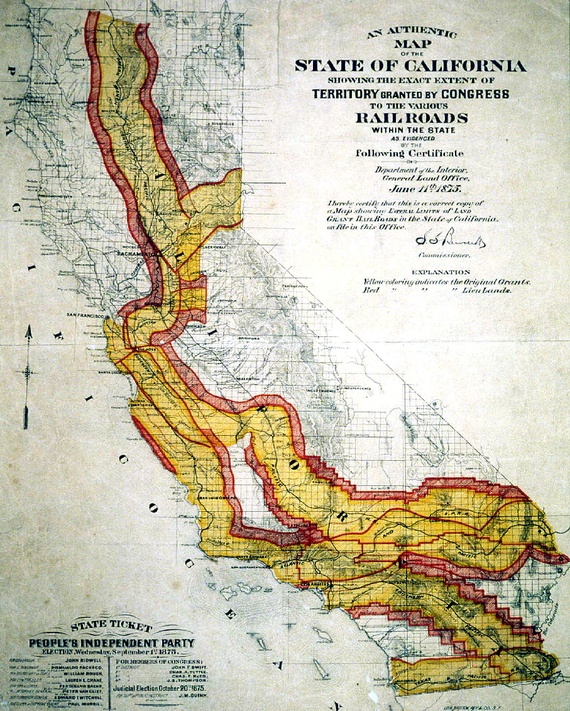
6) “Really, our timidity.” From James McCommons, author of a book about America’s relationship with passenger-rail systems:
I applaud your pieces on California’s High Speed rail project. I wrote about it in my book: “Waiting on a Train: The Embattled Future of Passenger Rail” published in 2009.
I wasn’t certain the project would move forward and, of course, its completion is still dicey but I have hope that the California can be the demonstration project that American so needs.
When I rode the entire Amtrak system to do my research and interview experts, I was struck by our inability—really our timidity—to undertake big infrastructure projects, particularly rail. Mostly America needs more frequent train service (say 80 to 110 mph) but in places such as Florida, California, the Midwest hub around Chicago, and the Northeast, high speed rail has to be part of the transportation solution.

7) Infrastructure in perspective. Mike Lofgren, author of The Party is Over, writes:
It might be useful to anchor the whole California rail debate in the historical context of infrastructure in America: The antebellum Southern opposition to internal improvements is still with us today in thinly disguised form.
Thanks to all, and all aboard!

